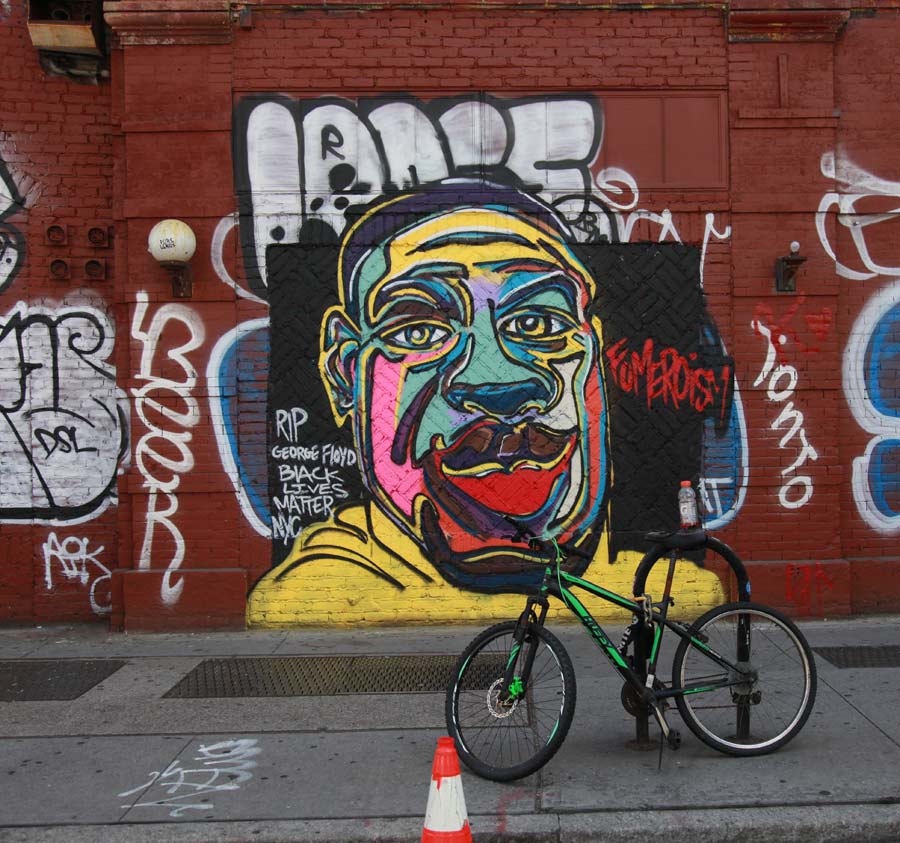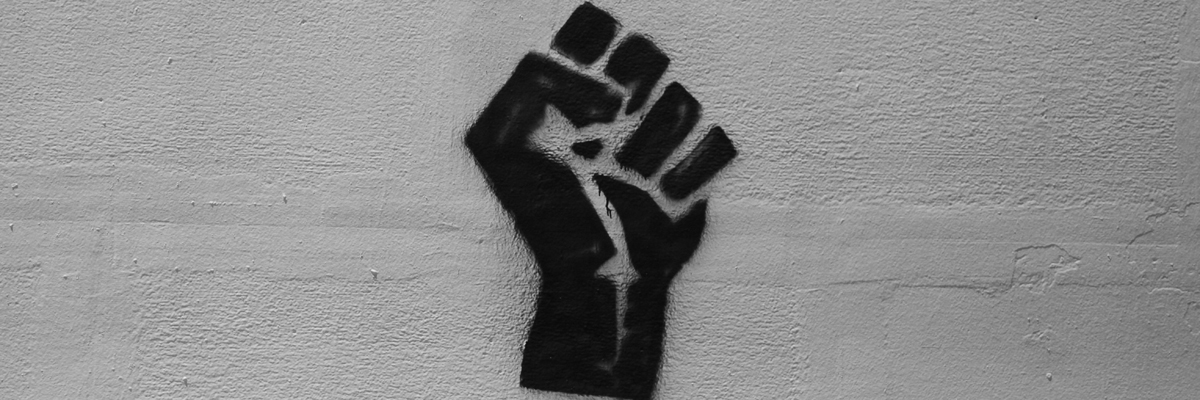No More Normal is a semi-regular newsletter written by Jeff Stone on his substack. He recently interviewed us on the topic of activist street art and we’d like to share his article here.
In May 2020, Todd Lawrence and Heather Shirey were taking pictures of graffiti focused on the coronavirus in Minneapolis when a police officer killed George Floyd just a few blocks away.
The two cultural historians from the University of St. Thomas had recently started taking pictures of the murals, graffiti, stickers and tags throughout the Twin Cities in an effort to preserve that work during a once-in-a-century pandemic. Their archiving, though, took on a new level of urgency when a police officer murdered Floyd and footage of the killing went viral, sparking anti-racist demonstrations in Minneapolis and throughout the world.

The movement had sparked the greatest proliferation of street art in recent memory, Lawrence says now, even if much of it was ephemeral, controversial and quick to be erased. At a time when the coronavirus was decimating communities of color, though, and with renewed attention on police brutality, street art represented a kind of live communication between neighbors.
“Street art, advertising and political propaganda have merged into a kind of collective funhouse mirror, instantly revealing indications about how a culture sees itself, as well as telling you about the tenor of discourse at any given time,”
Harrington and Rojo

“This was all happening a few blocks from my house and, when I went out in the mornings, there was art everywhere, tags everywhere and graffiti everywhere,” Lawrence told me during a recent call. “People had started to write on the boards that were up over broken windows. We realized right off the bat that this was the most art we’ve seen overnight, like instantaneously.”
An archive of all that conversation, the logic goes, will help activists, students and researchers more fully understand what it was like to live through a historic moment, particularly as many of the museums, concert halls and other hubs of shared cultural experience remained closed.
“Street art, advertising and political propaganda have merged into a kind of collective funhouse mirror, instantly revealing indications about how a culture sees itself, as well as telling you about the tenor of discourse at any given time,” Steven P. Harrington and Jaime Rojo, co-founders of Brooklyn Street Art, a New York collective told me in an email.
Click HERE to continue reading the article.
Other Articles You May Like from BSA:
Niels Shoe Meulman on the cover of The Art Of Writing Your Name by Patrick Hartl & Christian Hundertmark. Publikat Verlags. Mainaschaff, Germany, 2017. “Writing”, as in the graffiti sense of th...
Our weekly focus on the moving image and art in the streets. And other oddities. Now screening : 1. Shepard Fairey: Natural Springs. 2. West One: Future Communication 3. Monica Canilao...
Our weekly focus on the moving image and art in the streets. And other oddities. Now screening : 1. Scenes from the Banksy Exhibition in Moscow 2. Obey Giant - Shepard Fairey BSA Special Fea...
Aryz, a name synonymous with large-scale murals that challenge the boundaries between street art and fine art, has once again brought his unique vision to life in Barcelona. Of course, this is not th...
Welcome to BSA's Images of the Week. The conventions are done and dusted, and the candidates are locked in. Everyone’s got their pick: some are waving the Kamala flag, while others are riding ...
 BROOKLYN STREET ART LOVES YOU MORE EVERY DAY
BROOKLYN STREET ART LOVES YOU MORE EVERY DAY










